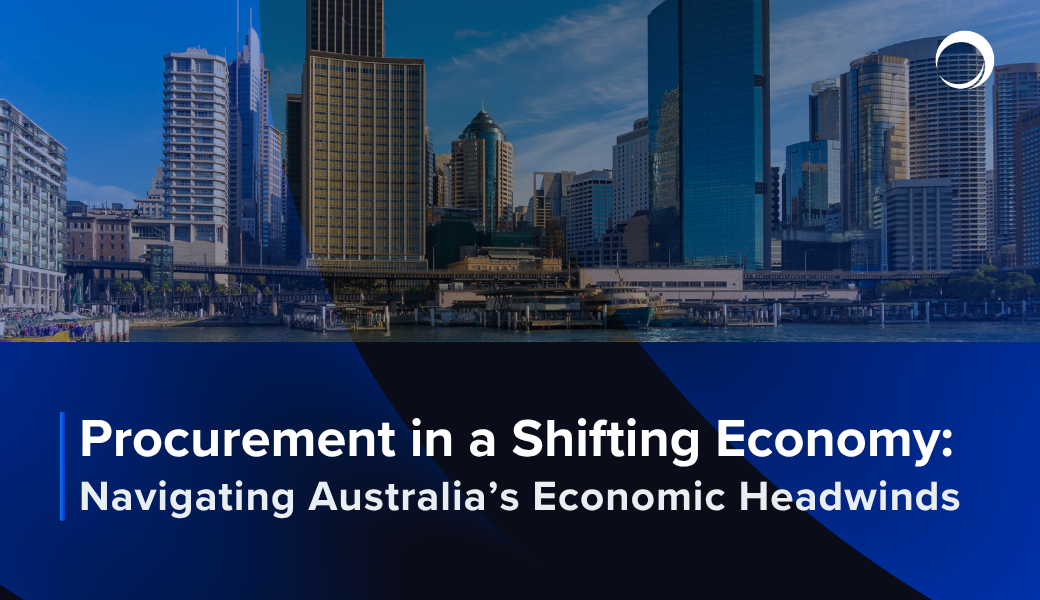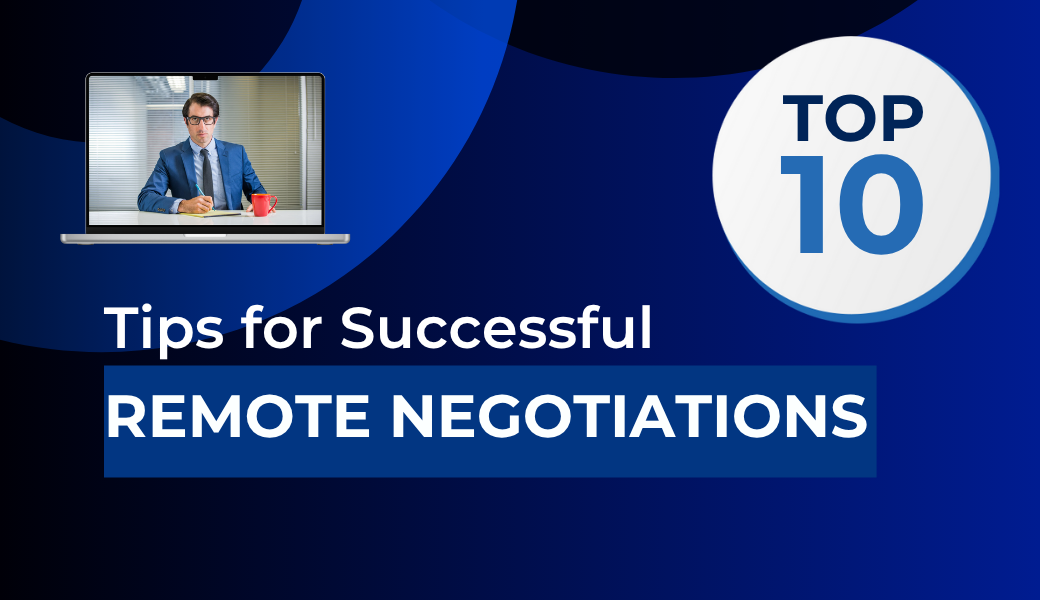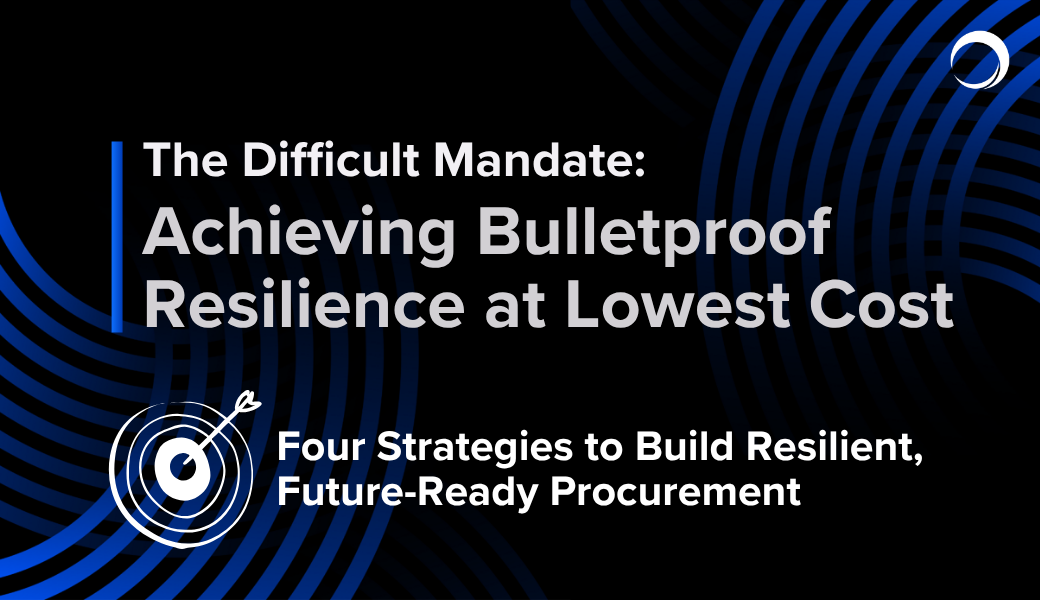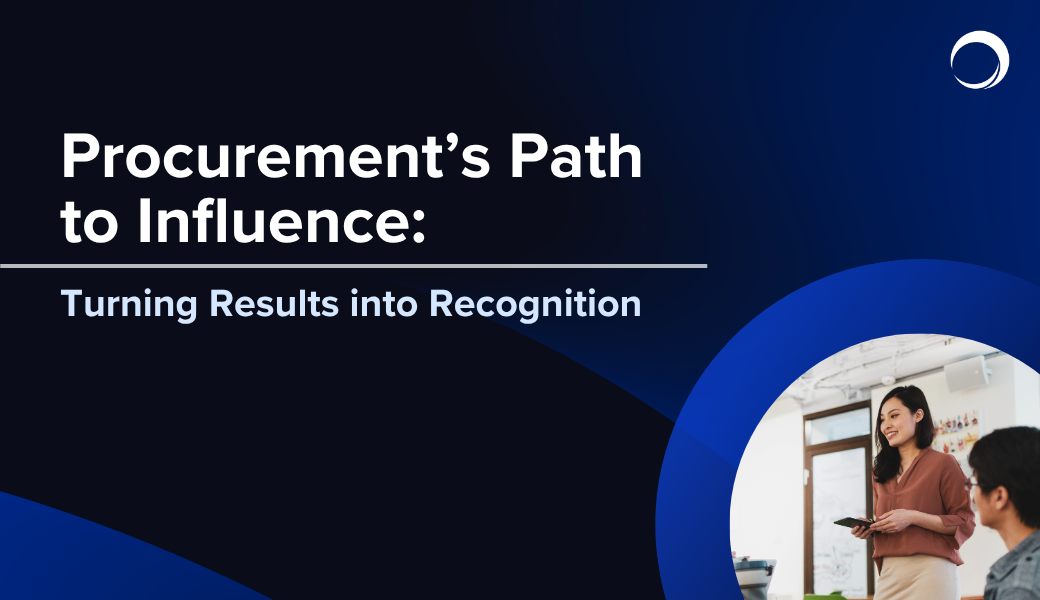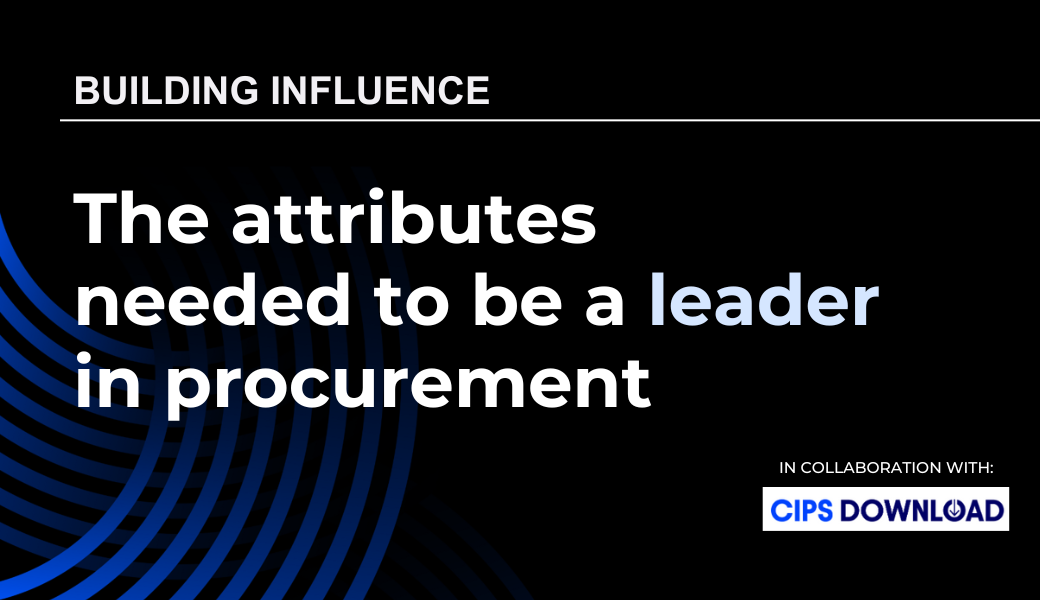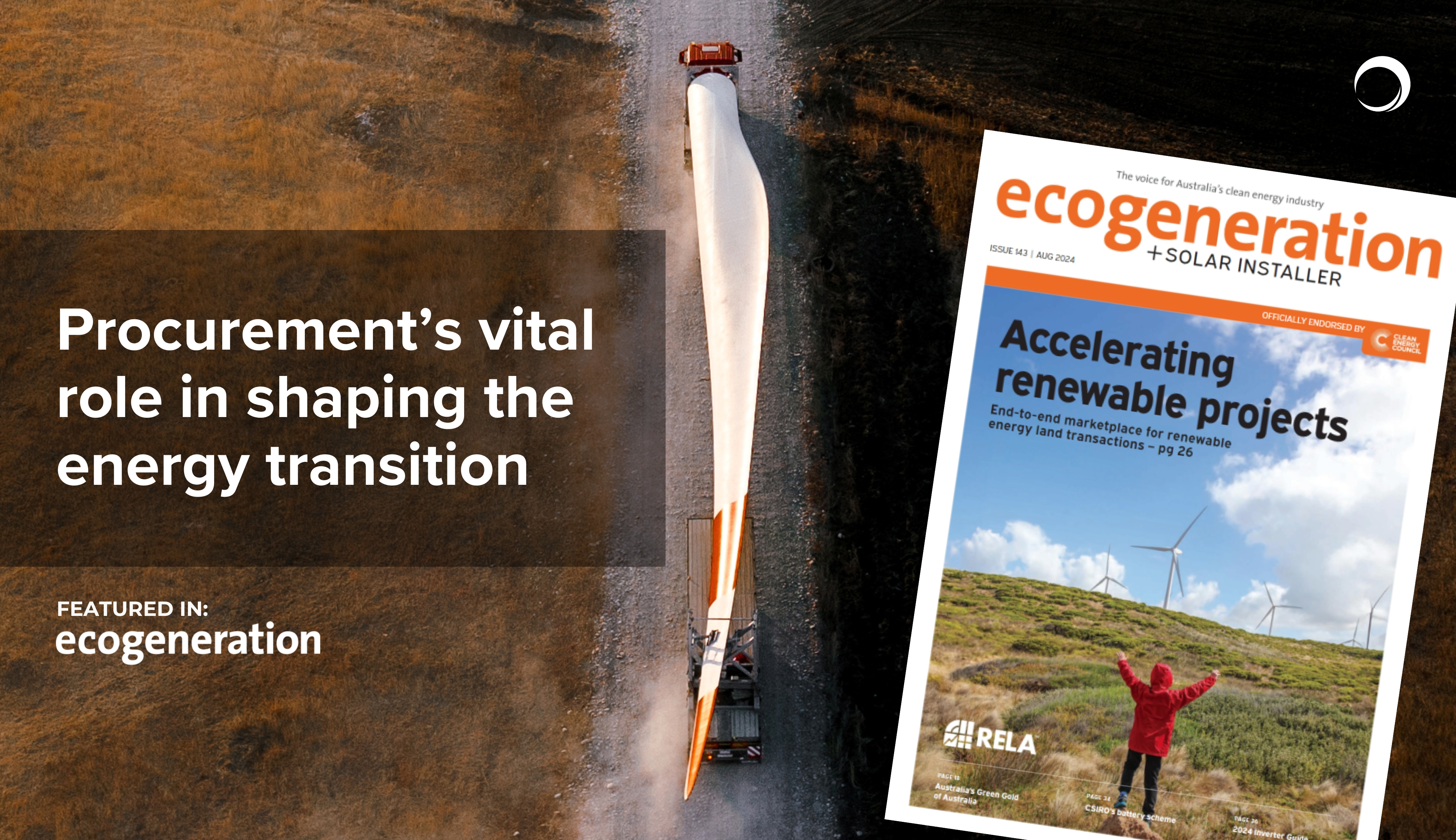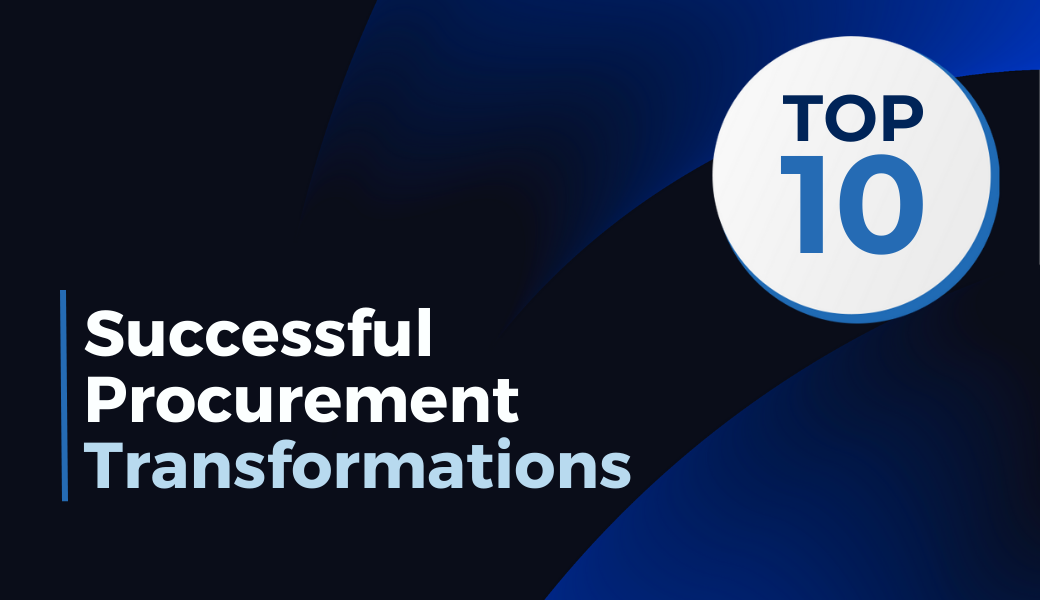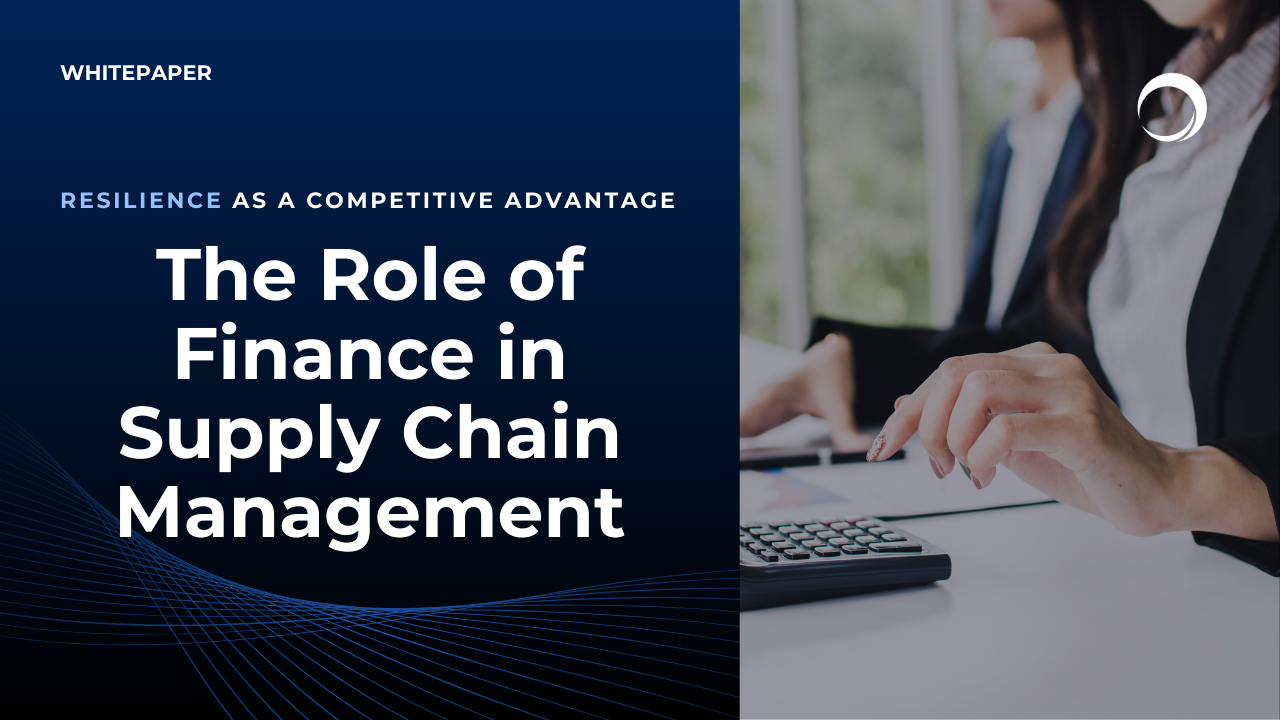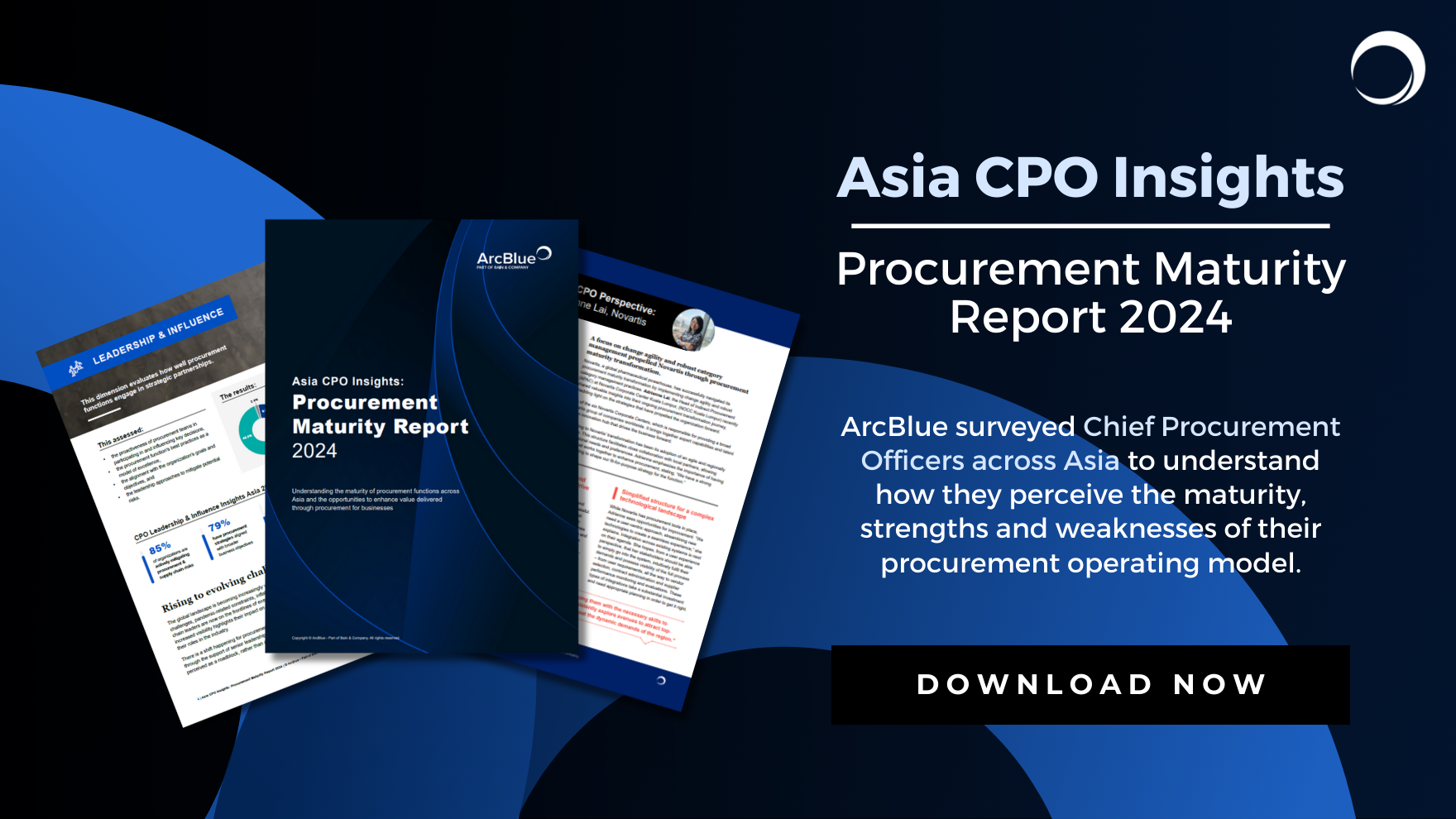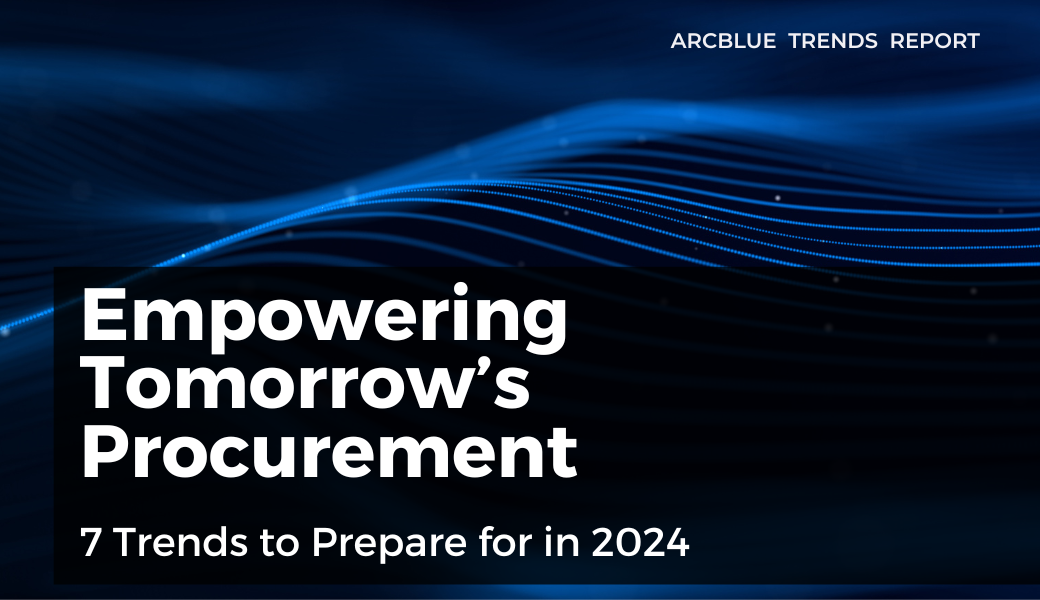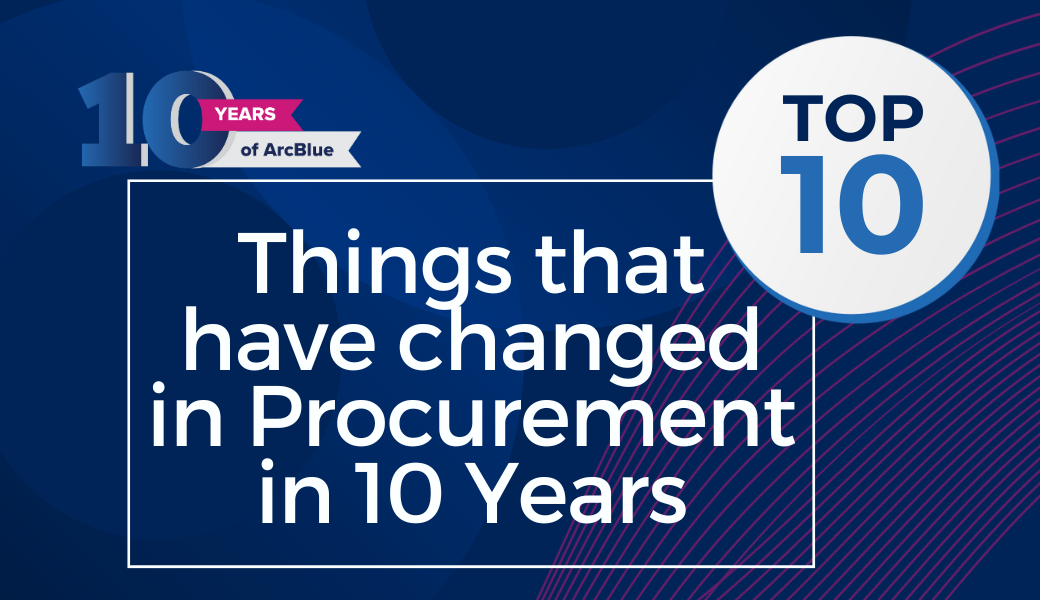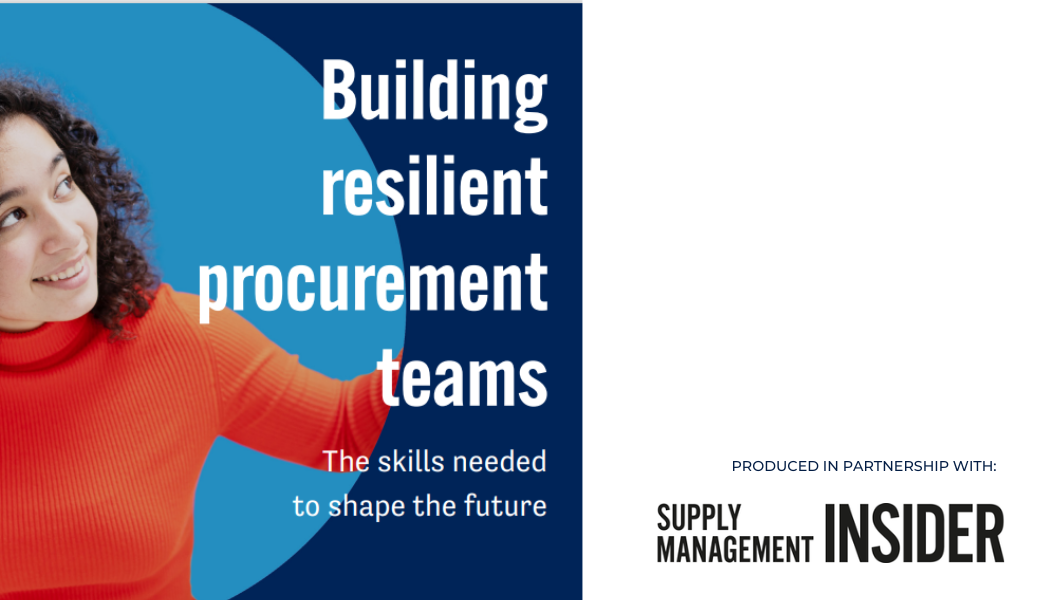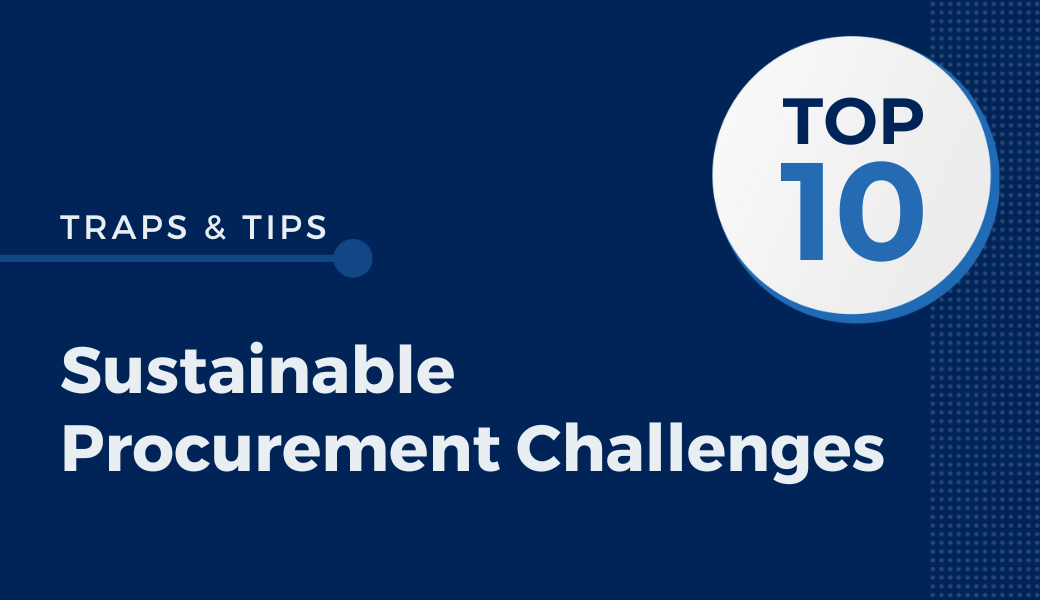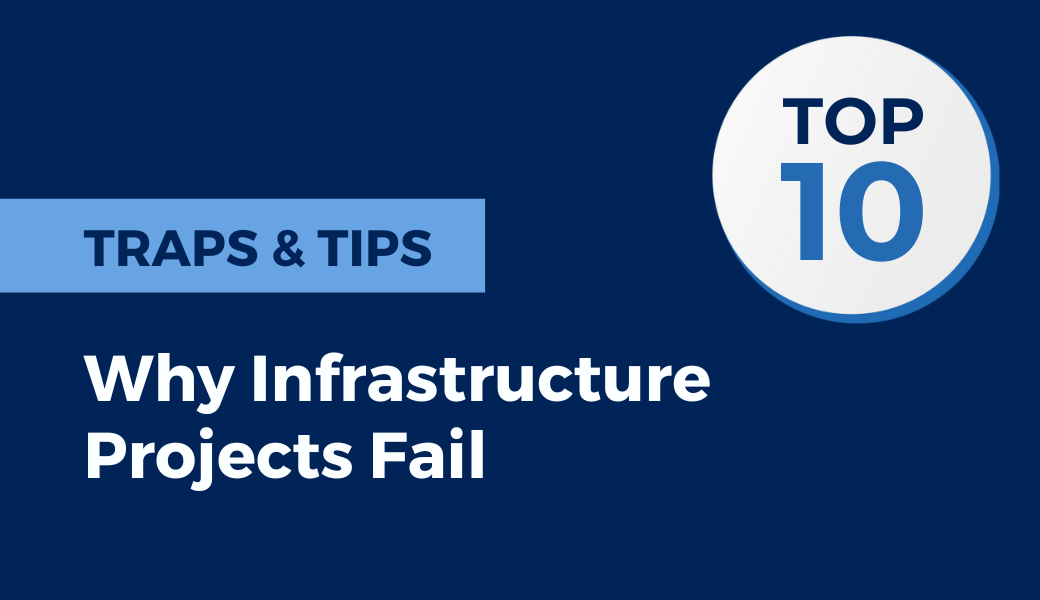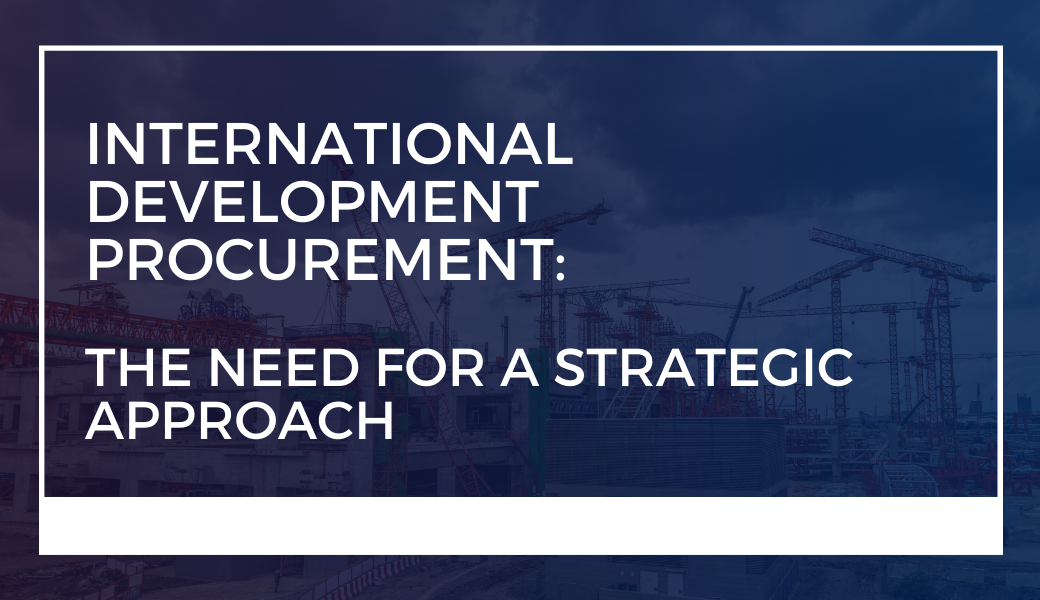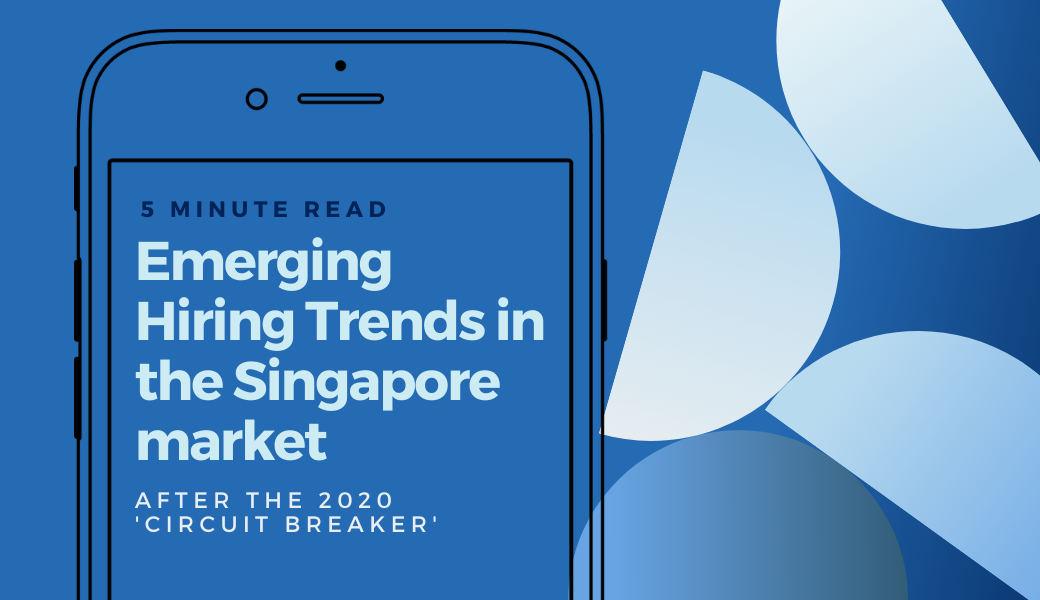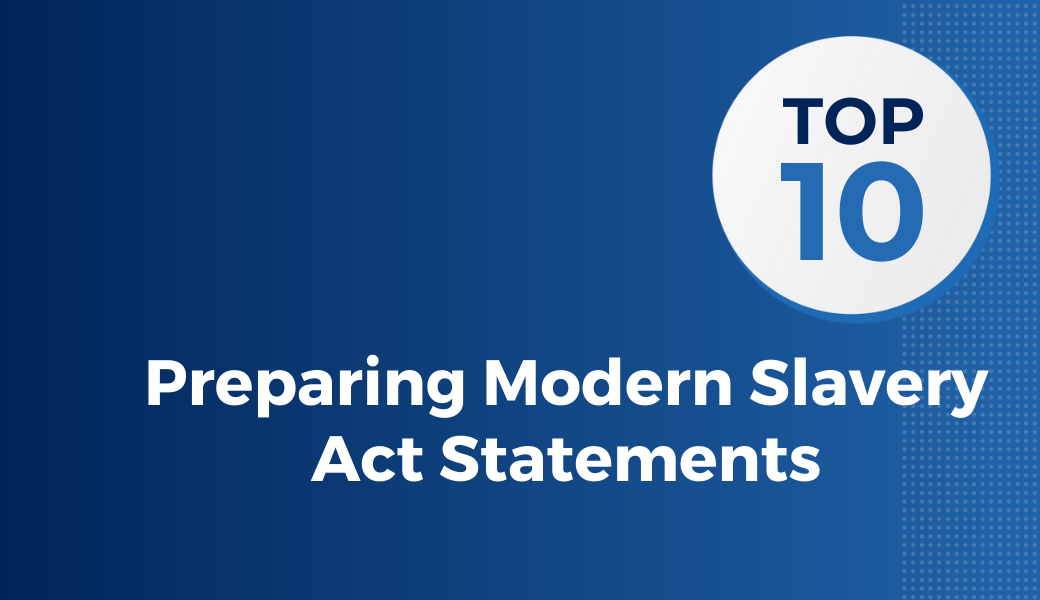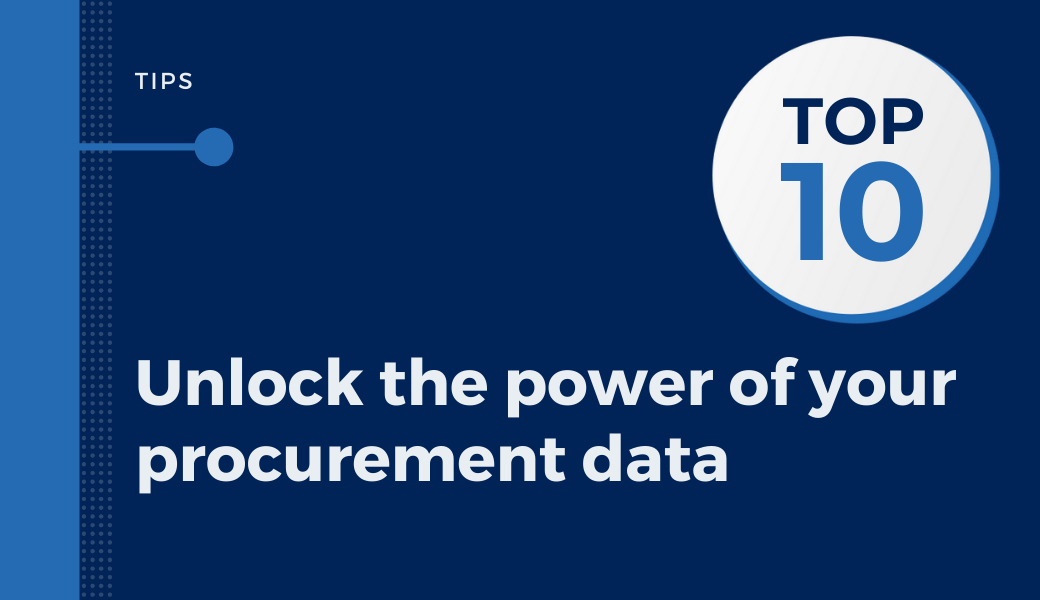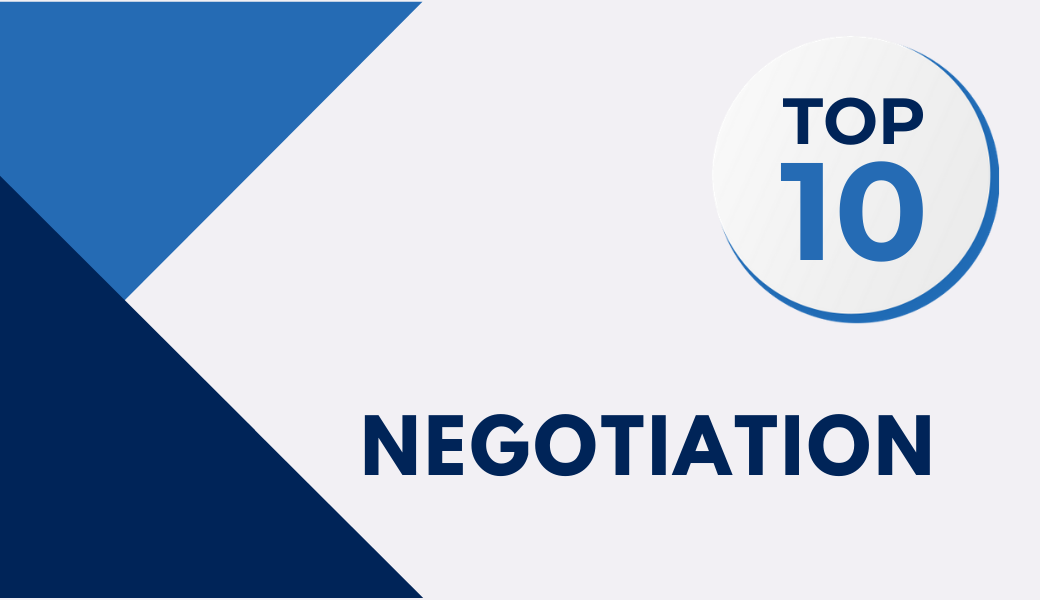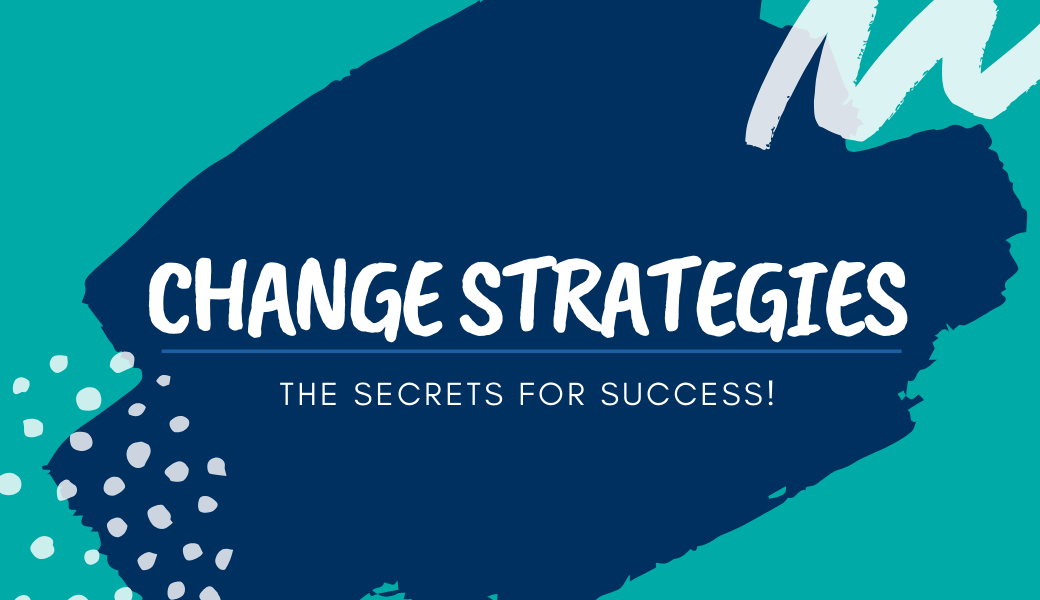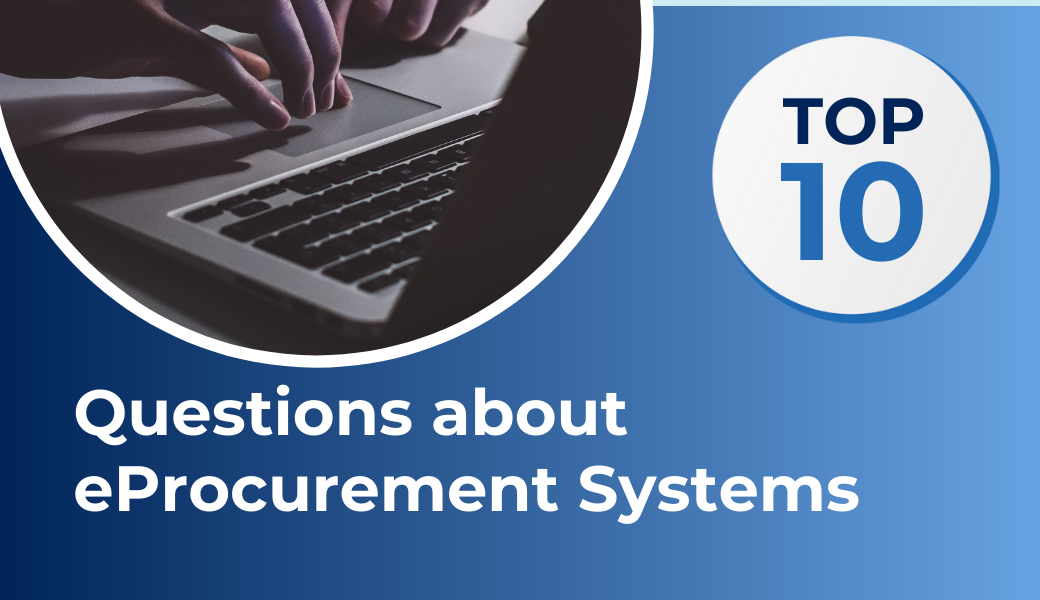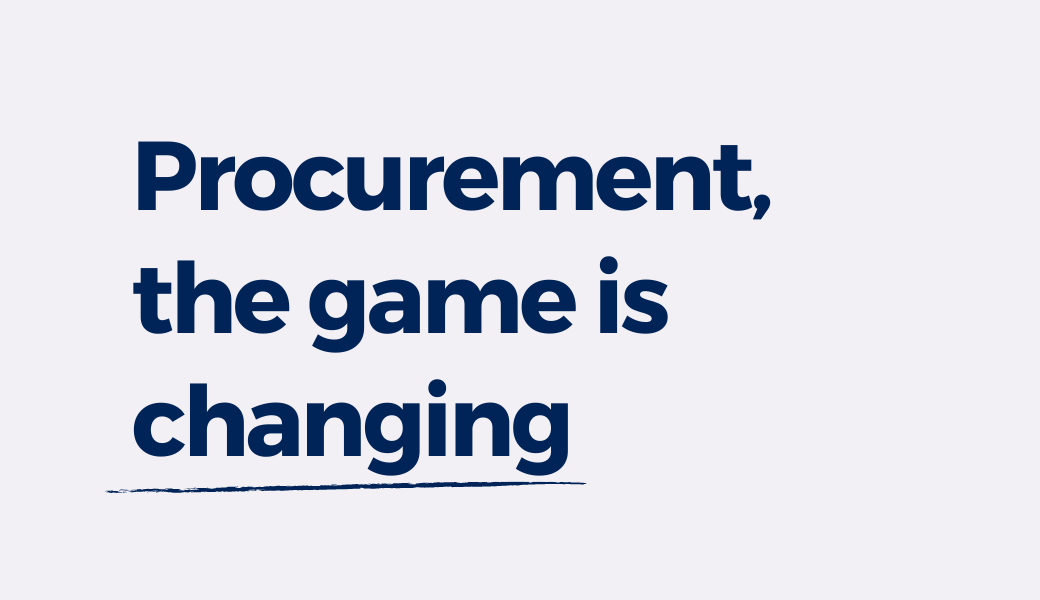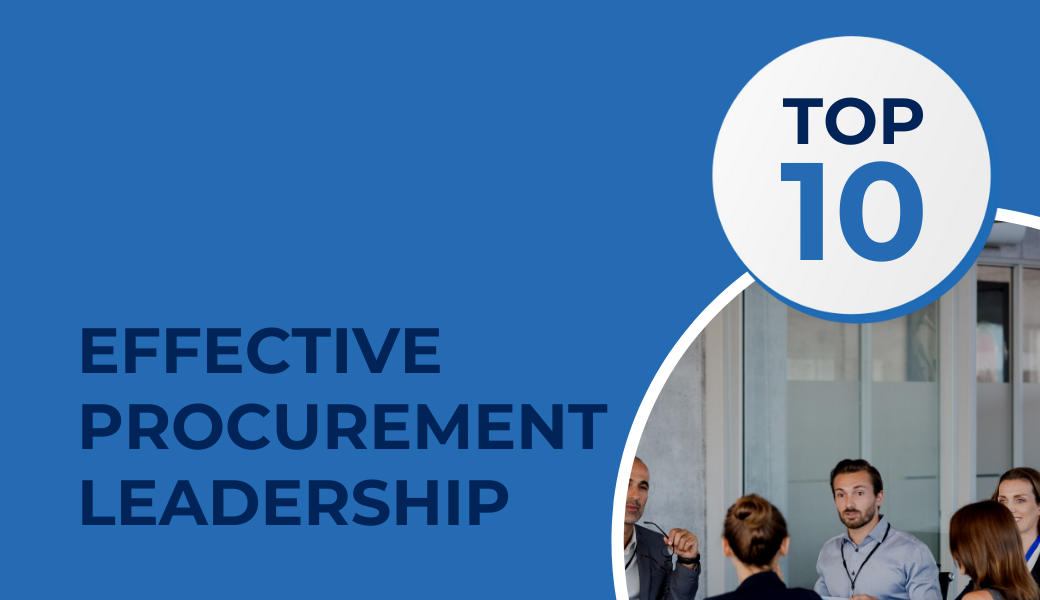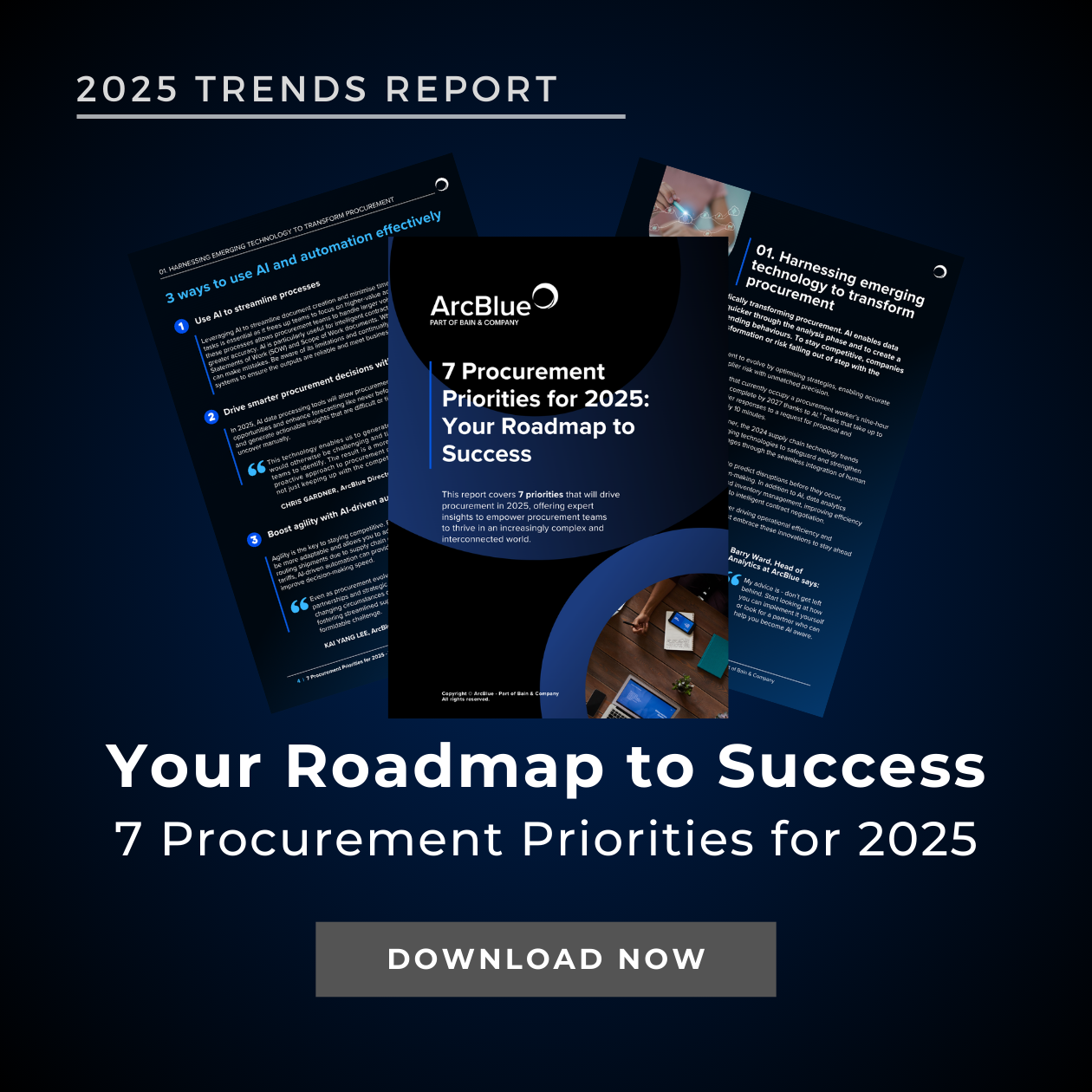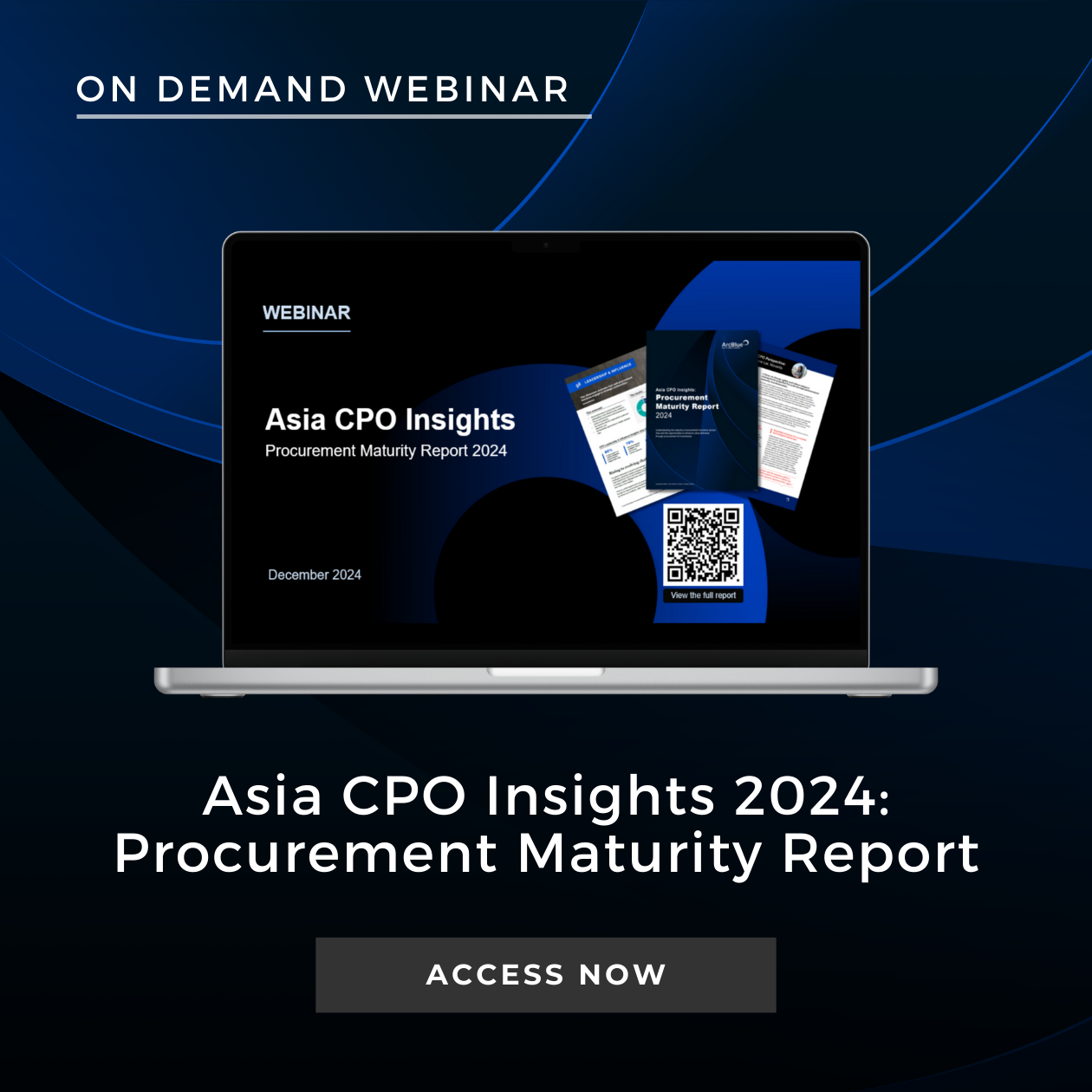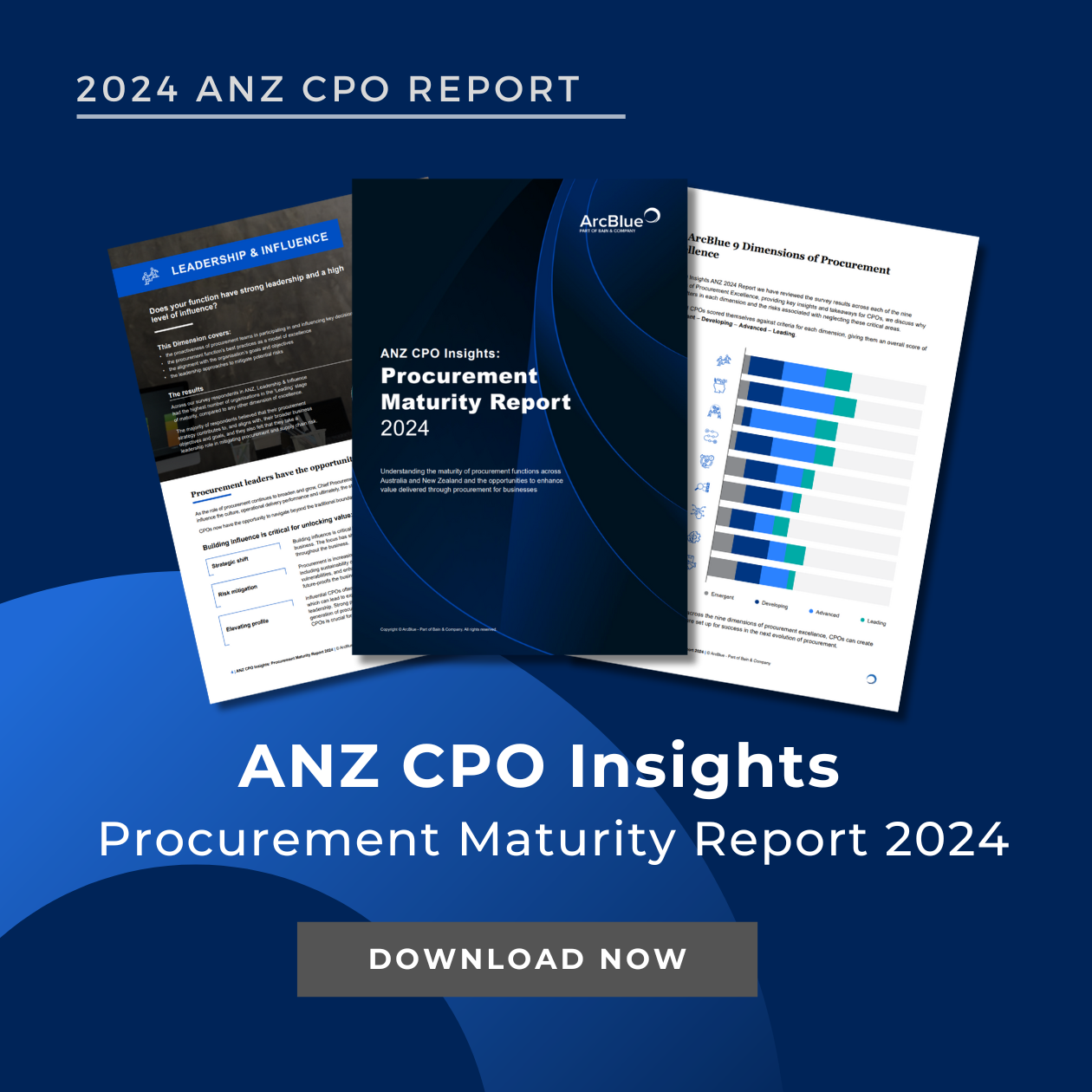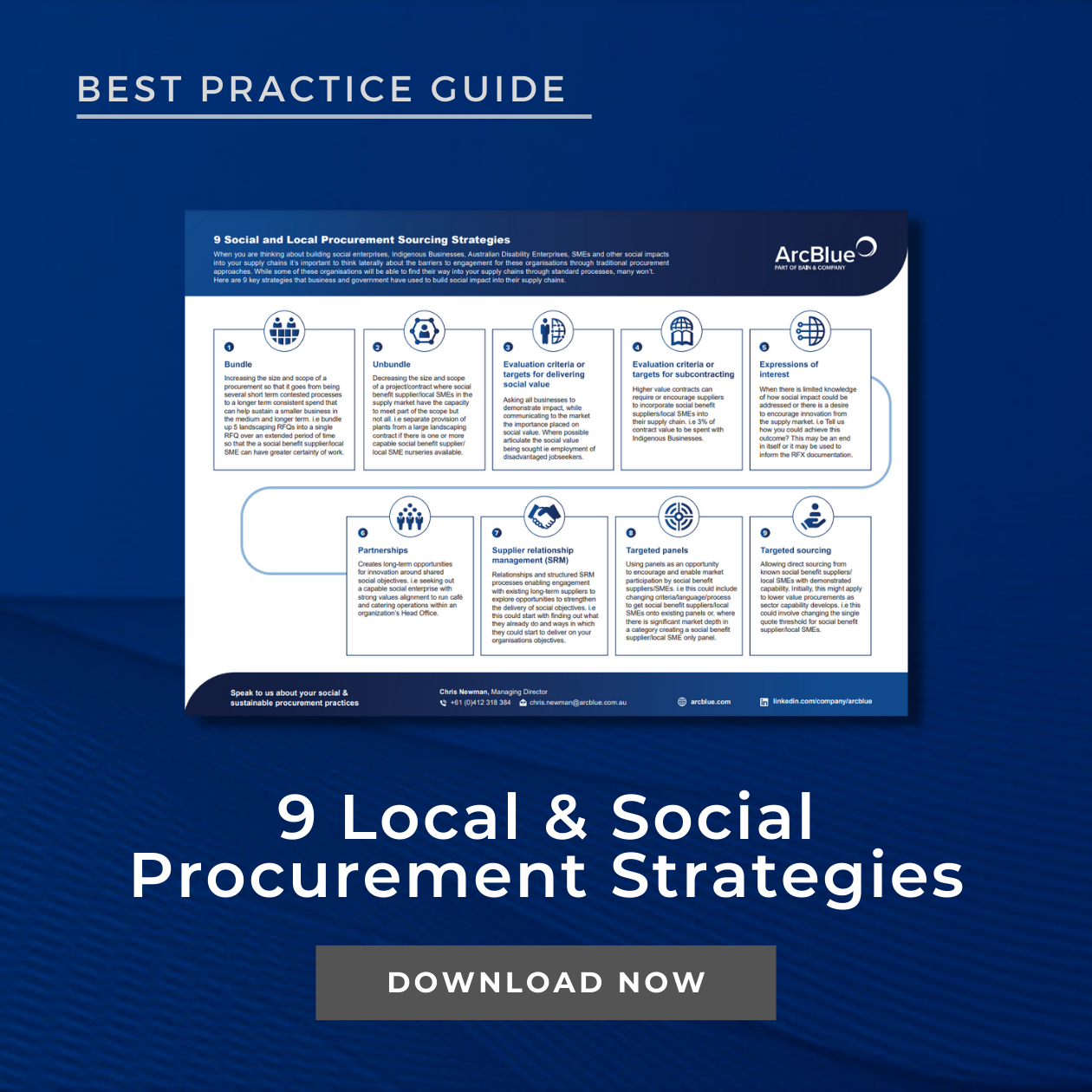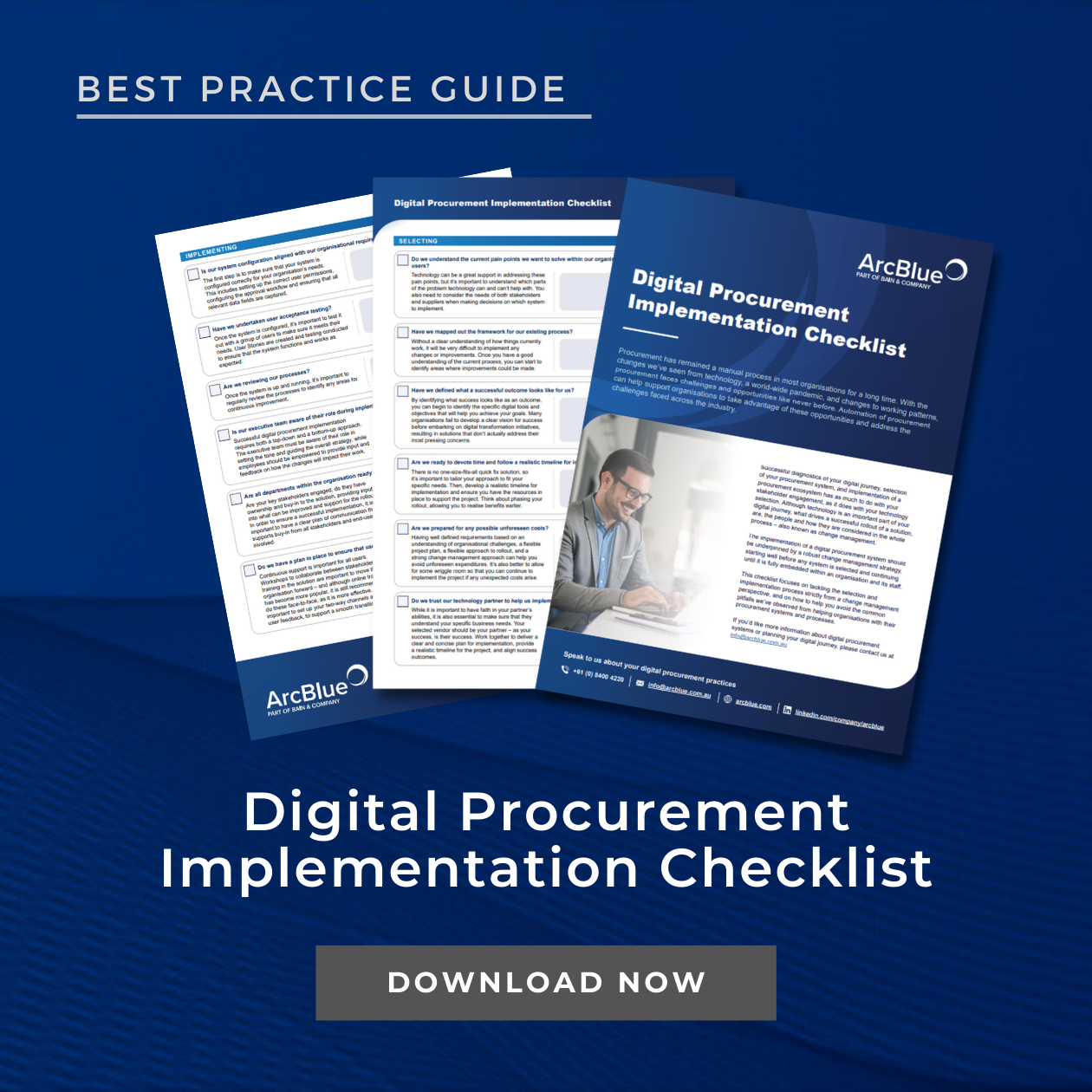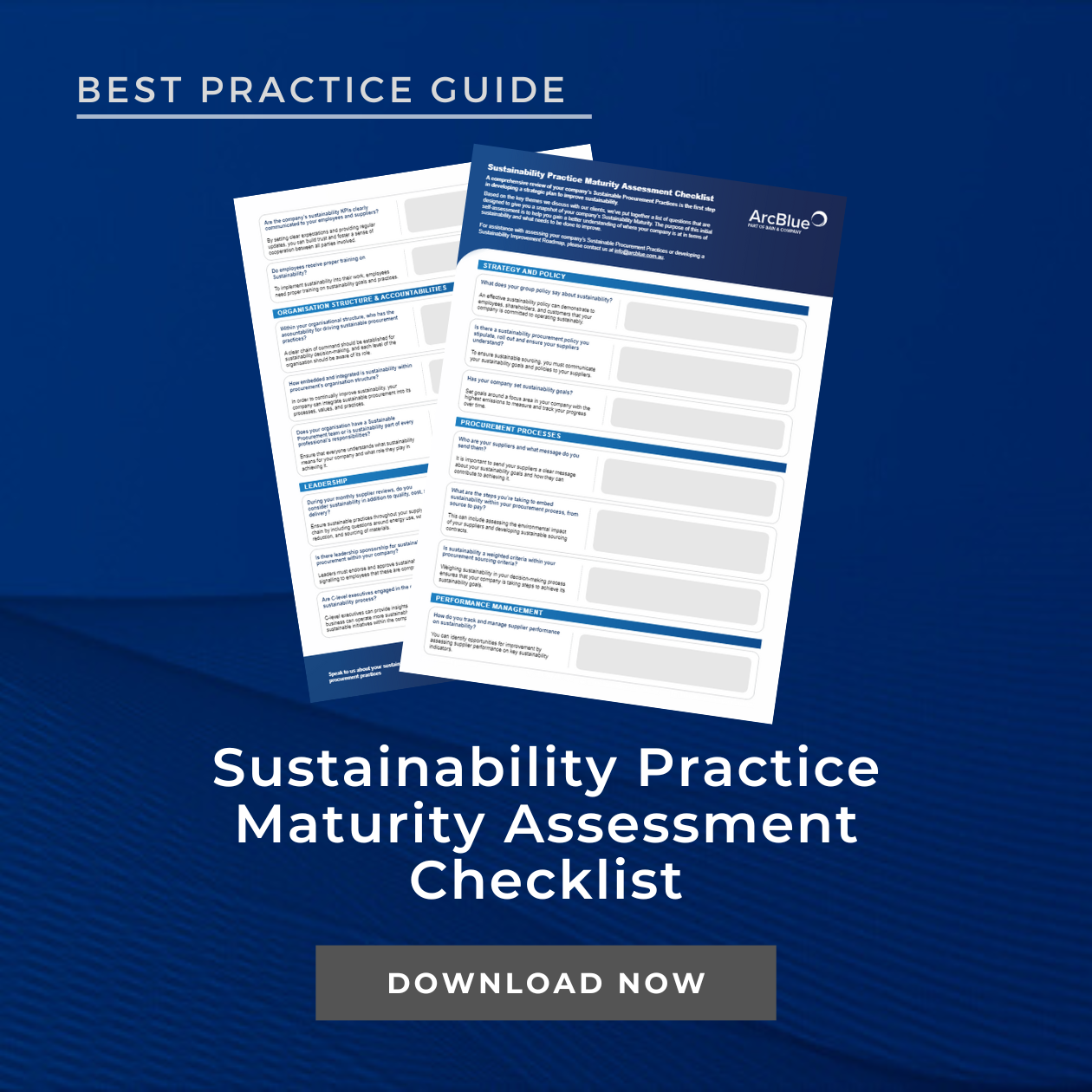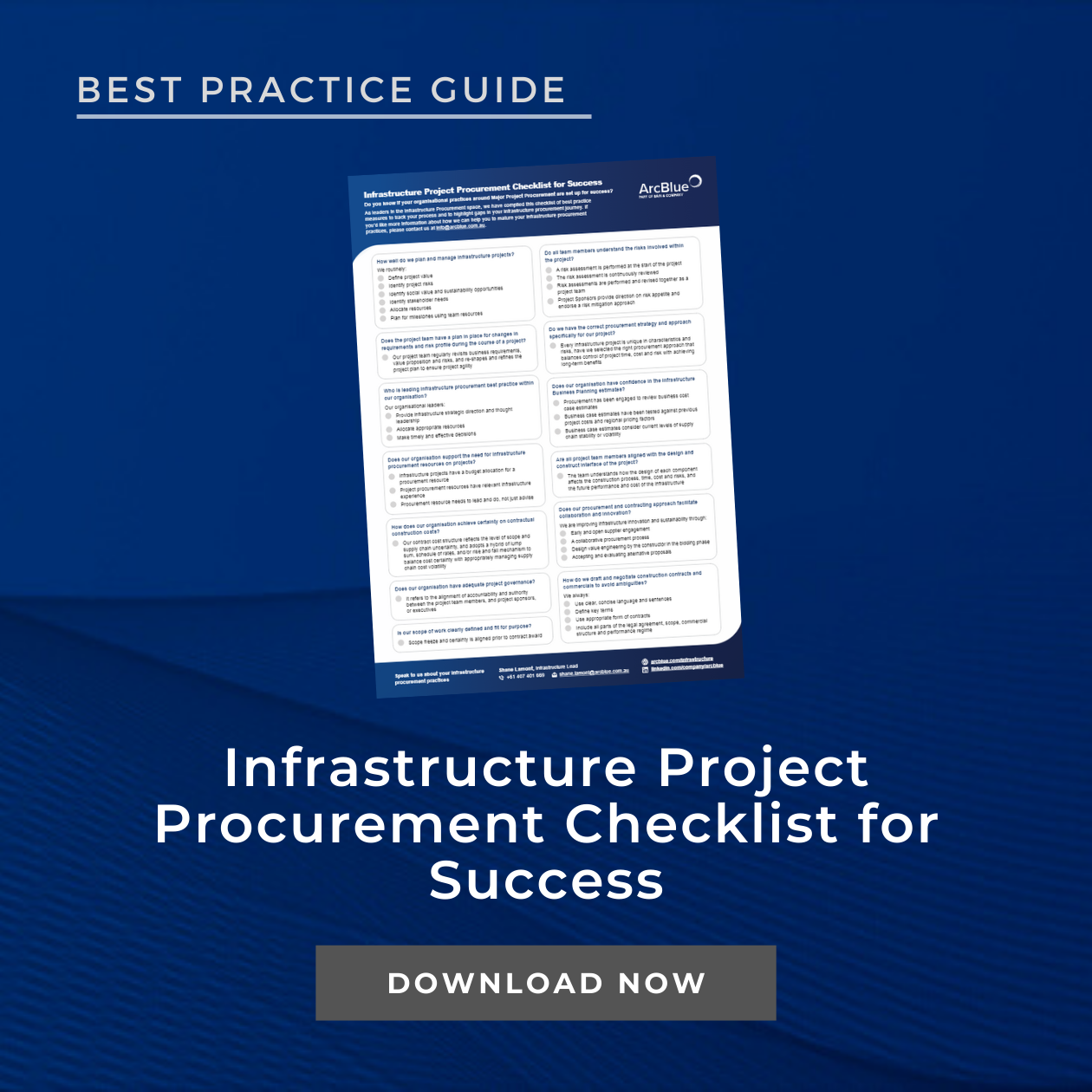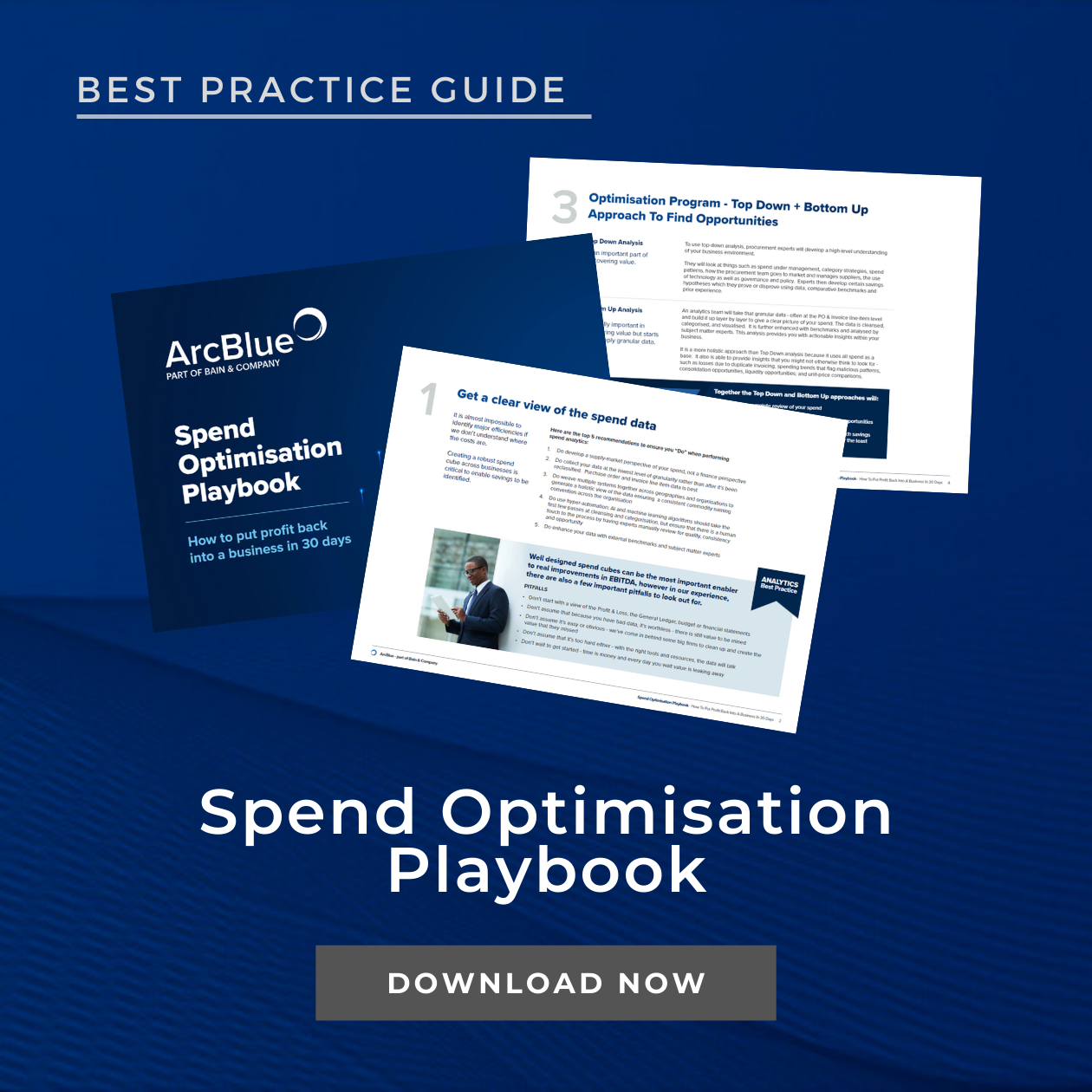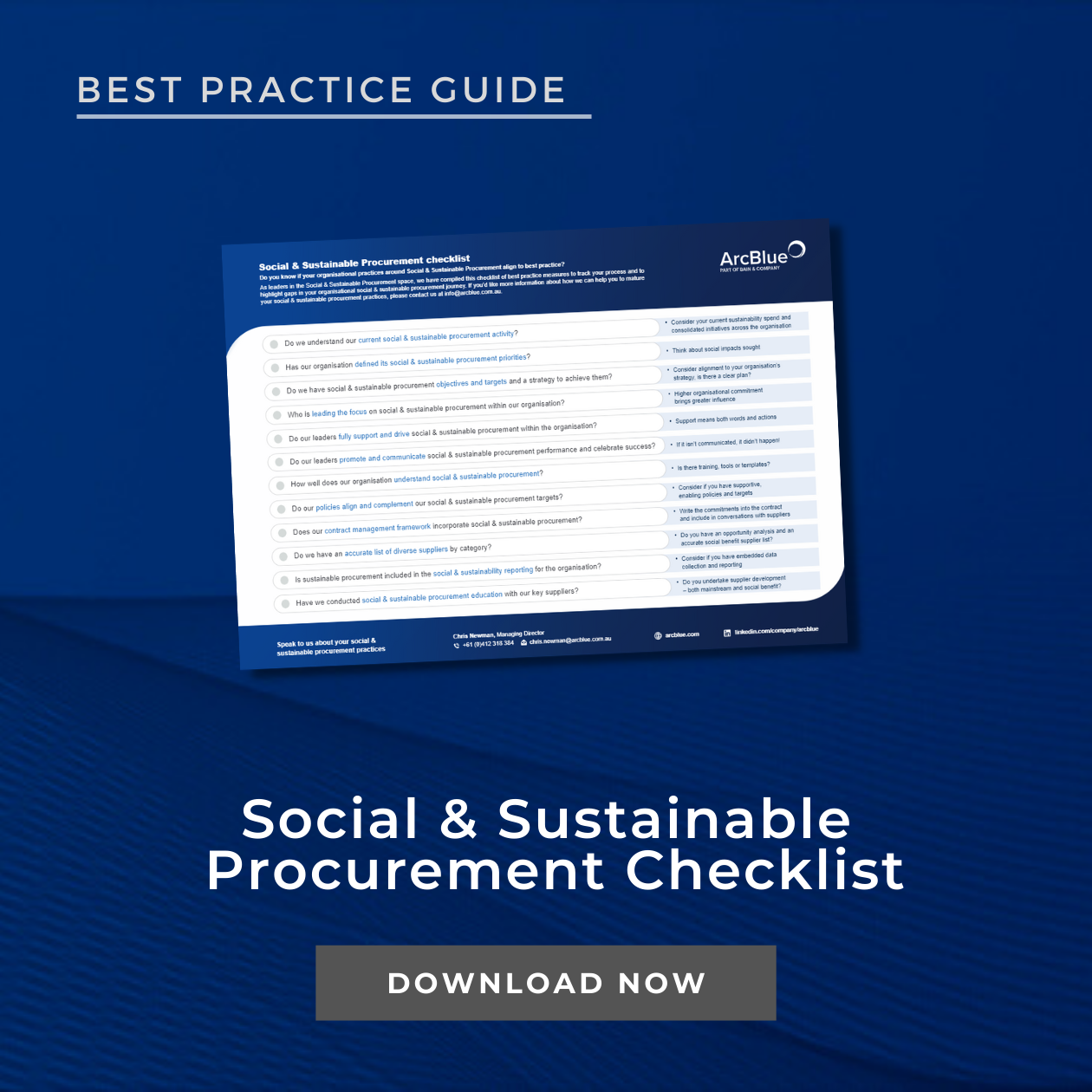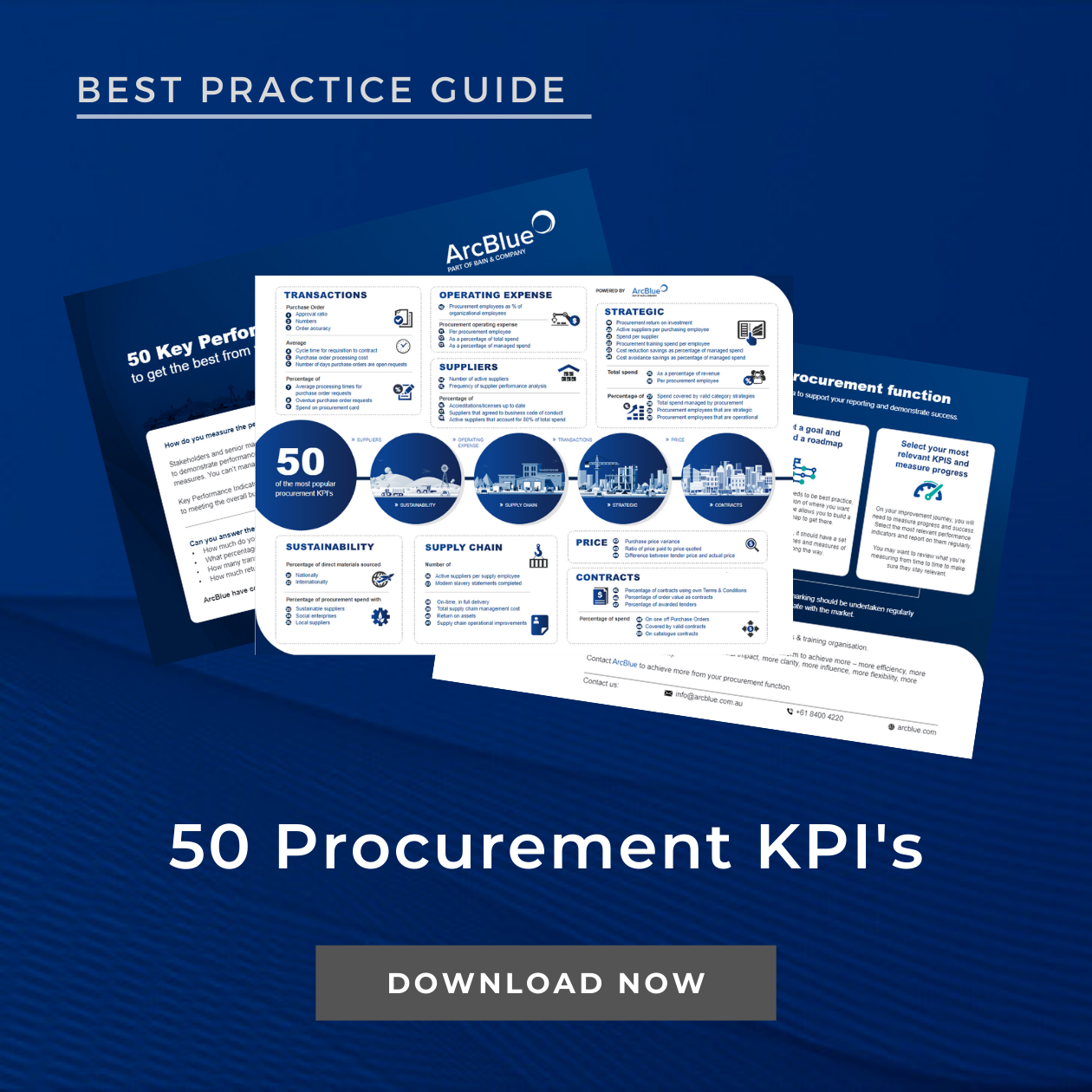- ARTICLE
Drive business benefits with analytics
September 2019
Do you really understand how your organisation spends its money?
Procurement analytics can identify savings and efficiencies, measure performance, and answer key questions for your business. Correctly used, spend analytics will provide you with meaningful insights and performance indicators on your supply base and procurement function.
The second article in a series of six by ArcBlue Consulting explores how spend analytics can drive real business change. We live in an increasingly data driven world to the point where data-based decision making is now mainstream. You probably already use analytics in some areas of your business to provide insight into what was previously unavailable. Procurement analytics is no different. Pairing cleansed data with a data visualisation tool can provide clear visibility of what you spend, who you spend it with and who is spending it, so that you can make informed decisions for your organisation.
How can spend analytics drive business change?
Regular Reporting
As with all business functions, you need regular procurement performance reports – facts, which tell a story and are presented simply. With the right spend dashboard you can easily determine the performance of your cost base and third-party supplier spend. Configured correctly, a spend dashboard can act as a traffic light report and inform broader, more informed decision-making.
Manage Supplier Performance
Using spend analytics you can properly manage the performance of your suppliers. Use it as your secret weapon to save money, find efficiencies or innovation through managing and working with your supply base to drive mutual benefit. The right partnership with a supplier can deliver a ‘step change’ to your organisation. It will also help to uncover blind spots where there may have too much reliance on one or two suppliers.
Manage Internal Performance
You can’t manage what you can’t measure! Internal performance can also be managed with analytics. Spend dashboards can provide visibility of what people are saving, who is commercially conscious, which departments are managing suppliers more effectively, and if procurement is meeting its targets. With an increased level of visibility, you can reduce risk and avoid fraudulent activities.
Plan Future Activity
By accessing and using the right Information at the right time you can make informed decisions about future business and suppliers. Which suppliers or spend areas should be managed more closely? Should there be a contract with a single supplier or a panel? Should you be improving the relationship with a supplier? Spend analytics can enable informed decisions about core business activities based on real information and trends.
Starting your spend analytics journey
Looking to utilise spend analytics but not sure where to begin? Start by defining the need for the data insights you are seeking with simple questions such as “How much are we spending?”, “How much money did we spend last year compared to this year?” or “How does our revenue compare to our spend?”. There are endless questions you can ask – just make sure the information you are looking at is relevant to the need you have defined.
To derive further insights and trends you will need to weave in different data sources to build a more complete picture. For example, if a supermarket market only looked at what they were spending and the forecasted spend, they would miss out of a whole range of information. Where are people shopping? Is it on line or in stores? What new entrants are there to the market?
Drawing on internal data sets in analytics is a core competency, but by bringing in external data sets, you can bring it to life, improve the story and gain insights to inform your business strategy.
Roadblocks to effective spend analytics
Delivering effective spend analytics often involves utilising financial and operational data – meaning that effective spend analytics relies on the quality of data from sources that may be outside of procurement’s control. As the old adage states, ‘garbage in, garbage out.’
One of the most important aspects in a procurement professional’s armoury is the visibility of procurement-centric data. It is often coded for finance and accounting purposes, not procurement; with systems configured to capture cost centre and budget information.
This means that procurement practitioners are being deprived of the fundamental facts relating to spend, number of suppliers, number of transactions and number of contracts. Without this, it is hugely challenging to develop effective cost saving strategies, meet supplier relationship management objectives or track the realisation of benefits from savings programs. You can’t tell a story if you can’t identify the participants.
Spend analytics is not going away; it’s becoming increasingly important. In the shift towards data-driven insights and decision-making, you need to future-proof your business by ensuring you have meaningful spend analysis.
Here are some tips to make the most of your spend analytics:
Increase the emphasis on data capture
Record as much metadata about each transaction in your systems as possible. The extra effort at this stage will have significant downstream benefits. It is challenging to tackle maverick spend and manage contracts without accurate data on utilisation. Don’t stop at contract numbers, you should be capturing asset numbers, material codes, quantities, unit pricing and detailed accurate line descriptions – a goldmine for benchmarking, tracking whole of life costs, profit and categorisation at a far more granular level. If you are constrained by your systems and processes, don’t be afraid to talk with your key suppliers to get more granular data directly.
Ensure you can get timely and accurate information from your systems
Work with your software provider or systems accountants to develop meaningful and useful data extracts that can be used by in-house analysts or third party analytics providers. Analysts rely on the ability to extract data from systems and this often is a lengthy process requiring too much time and effort from IT, finance or the software provider. It’s your data, make sure you can access what you want, when you want it.
Invest in analytics software
In the vast majority of cases, data is captured in ERP systems primarily for finance and accounting purposes with more focus on budgets than procurement classification. Visualising the data directly is going to have limitations and using dedicated analytics software, is going to make the clean-up and the analysis of the data significantly easier. In addition, you will not be constrained by a single system and can bring in multiple data sources including your accounts payable, purchase card, purchase order and contract data.
Don’t stop at visualising data, look for the insights
Spend analysis and data visualisation is so much more than just pretty pictures. It provides a real opportunity to tell a story with your data which can lead to savings, improved supplier relationships, and an improvement in compliance, performance and process. Look at categories with too many (or too few) suppliers, analyse the number of new suppliers being created and calculate how many low value transactions you are processing. Reducing this alone without changing anything else has significant benefits for both you and the supplier. Also look for opportunities to leverage existing local or aggregated contracts to increase your buying power and reduce process burden. Full visibility of categorised procurement data will immediately present savings and efficiency opportunities with a happy by-product of reducing the risk of fraud and maverick spend.
Think wider than financial data
Collect and analyse relevant operational and demographic data to give spend data context and an additional layer of insight. For example, looking at spend on IT hardware in isolation is one thing, but bring in data linking those assets to your organisation’s headcount and office locations and you can tell a far more relevant and useful story. Think about what is going to be useful to your internal clients, be it impact of dollars spent on a marketing campaign, the changes in customer satisfaction following the introduction of a product or the social and economic impact of an increase in local spend.
Related Services
ArcBlue has a proven track record in supporting hundreds of clients to gain valuable insights out of their spend data through procurement analytics and powerful data dashboards. We have developed powerful and intuitive Procurement Dashboards which can draw data from multiple sources, that are easy to set-up at the fraction of the cost of a full-time analytics resource.
INSIGHTS
RESOURCES & DOWNLOADS





